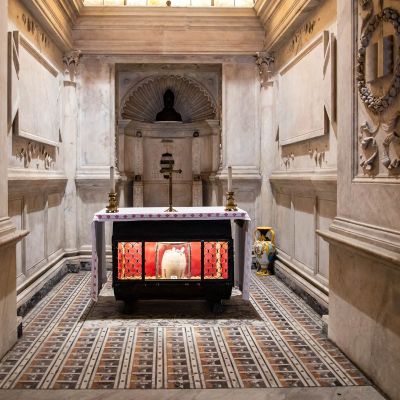Nestled amidst the picturesque landscape of Sorrento, the Museo Correale di Terranova stands as a beacon of art and history. This museum, often regarded as the most beautiful provincial museum in Italy, offers visitors a unique glimpse into the rich cultural tapestry of Sorrento and beyond. For travelers and tourists exploring this charming Italian town, a visit to the Museo Correale di Terranova is an opportunity to immerse themselves in a world of artistic excellence and historical wonders.
Historical Significance
The Museo Correale di Terranova is housed in an elegant 18th-century villa that was once the residence of the Correale family, one of Sorrento’s most prominent and influential families. The villa itself is a masterpiece of architecture, surrounded by a lush garden that offers breathtaking views of the Gulf of Naples. The museum was established to preserve and showcase the family’s extensive collection of art and artifacts, turning their private collection into a public treasure.
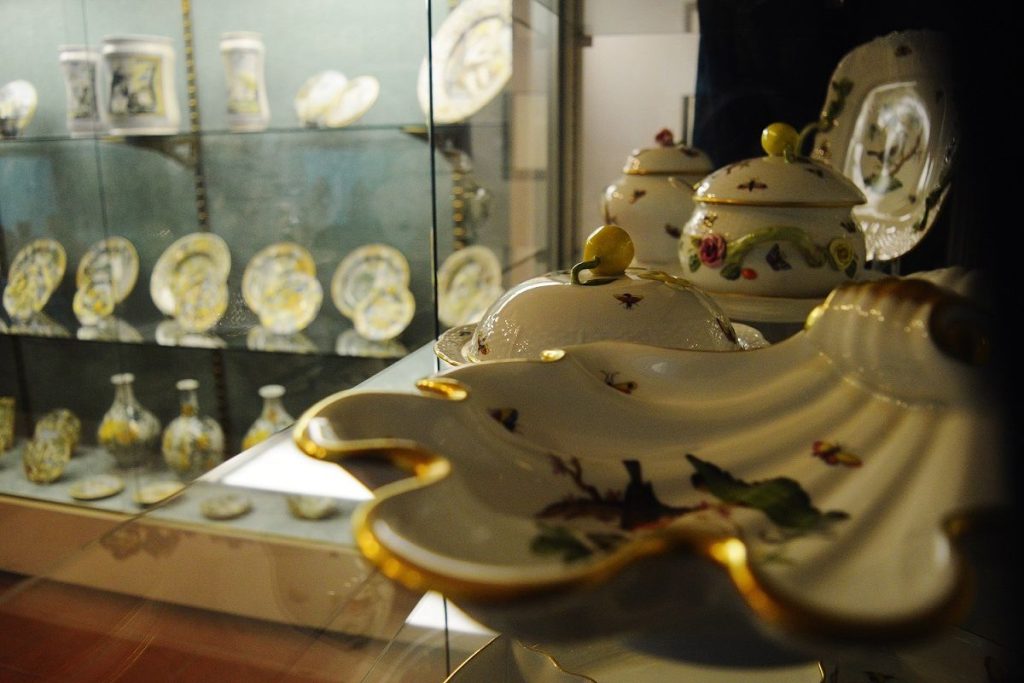
Artistic and Cultural Collections
The museum’s collection spans several centuries and includes a remarkable array of artworks, making it a must-visit destination for art lovers. It boasts an impressive collection of Neapolitan paintings from the 17th and 18th centuries, including works by renowned artists such as Francesco Guardi, Jacob Philipp Hackert, and Angelo Caroselli. The museum also houses a vast array of decorative arts, including porcelain, majolica, and Bohemian crystal.
One of the highlights of the museum is its collection of European and Oriental porcelain, considered one of the finest in Italy. These exquisite pieces reflect the artistic trends and craftsmanship from different eras and regions, offering visitors a visual feast of elegance and intricacy.
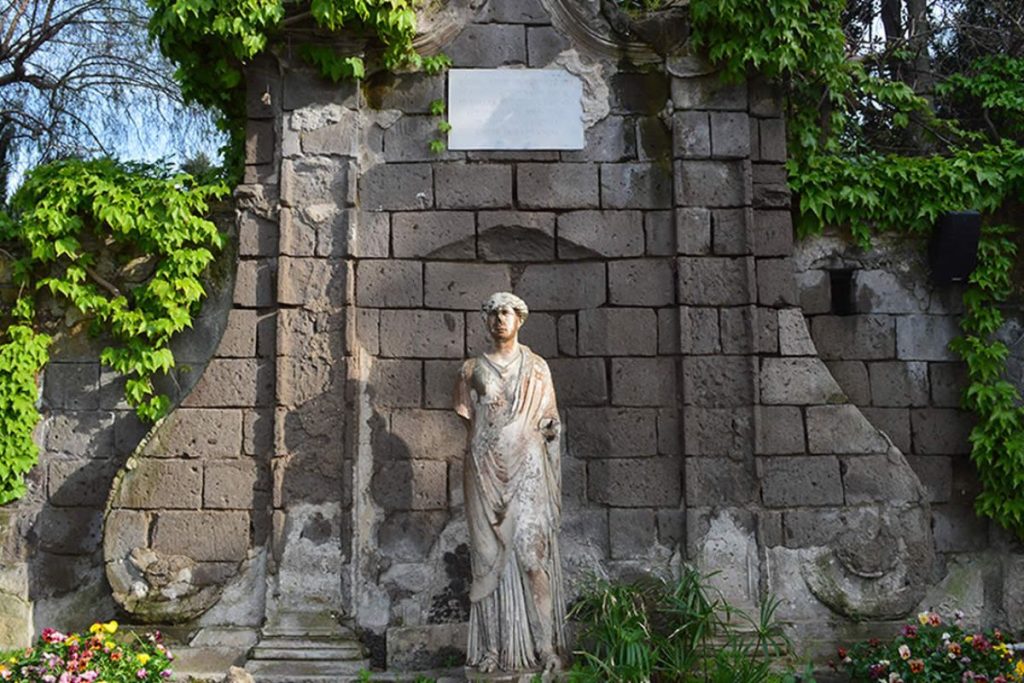
Archaeological Finds and More
In addition to its art collections, the Museo Correale di Terranova is home to fascinating archaeological finds from the Roman and Greek periods. These artifacts provide insights into the ancient history of Sorrento and the surrounding region. The museum also features a collection of vintage watches and clocks, showcasing the evolution of timekeeping devices over the centuries.
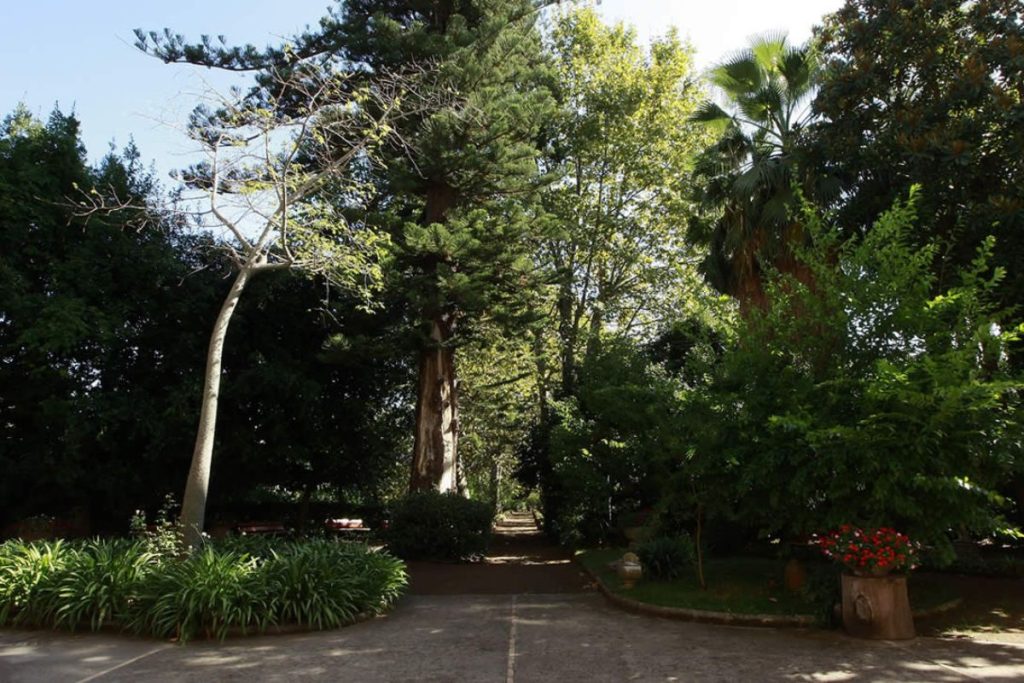
The Garden and Its Beauty
The museum’s garden is a masterpiece in its own right, offering a peaceful retreat amidst the beauty of nature. The garden features a variety of Mediterranean plants and offers stunning views of the surrounding landscape, making it an ideal spot for relaxation and contemplation after exploring the museum’s collections.
Visitor Experience
Visitors to the Museo Correale di Terranova will find a welcoming and informative atmosphere. The museum offers guided tours that provide deeper insights into the collections and the history of the villa. These tours are a great way to enhance the museum experience, offering interesting anecdotes and historical context that bring the artworks and artifacts to life.
The museum also hosts temporary exhibitions and cultural events throughout the year, adding to its appeal as a dynamic center for arts and culture in Sorrento.
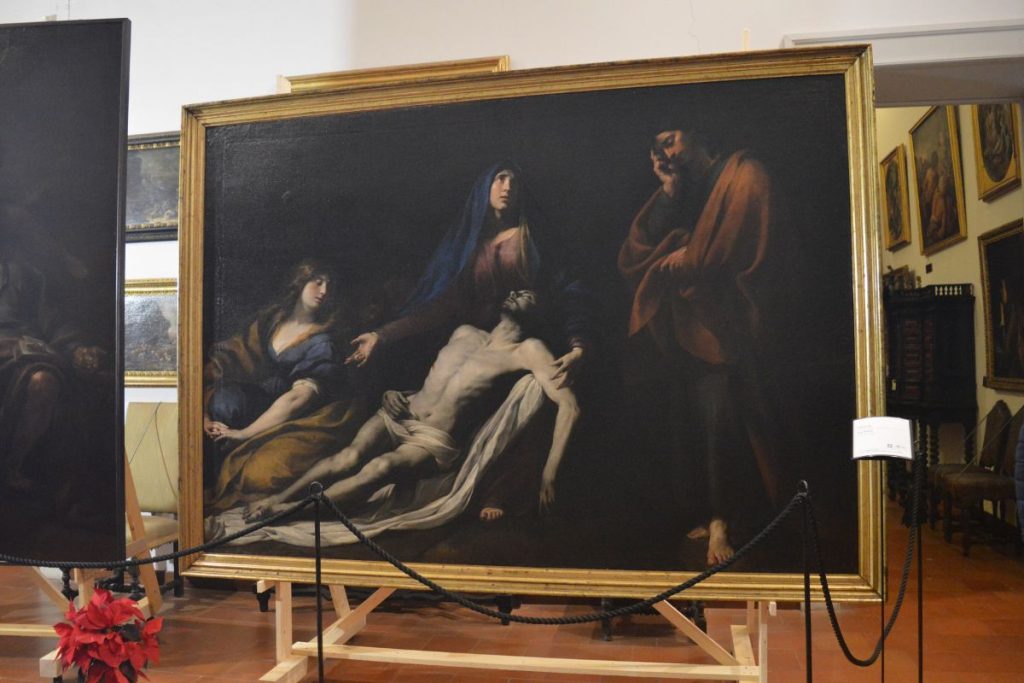
A Must-Visit for Art Enthusiasts
For art enthusiasts and history buffs, the Museo Correale di Terranova is a treasure trove waiting to be discovered. Its diverse collections offer something for everyone, from ancient artifacts to masterpieces of European art. The museum’s serene atmosphere and stunning location add to its charm, making it a delightful escape from the more crowded tourist spots in Sorrento.
Photographic Opportunities
For those who love photography, the museum and its gardens provide ample opportunities for capturing beautiful images. The elegant rooms of the villa, the exquisite artworks, and the picturesque gardens offer a multitude of scenes to photograph, ensuring that visitors can take a piece of Sorrento’s artistic beauty home with them in their memories and cameras.
Visitor Information
Opening Dates and Hours:
- Tuesday to Saturday: 9:00 – 18:00 (last ticket at 17:00)
- Sundays and Public Holidays: 9:00 – 13:00 (last ticket at 12:00)
- Mondays: Closed
Entrance Fees:
- Adults: €15
- Groups (min. 25 people): €10
- FAI and Touring Club Members: €7.5
- Campania Arte Card Holders: €7.5
- Students (11 – 25 years old): €7.5
- School Groups: €5
- Sorrento Museums Package*: €31
- Children (under 10 years old): Free
Guided tours are available, offering enriching insights into the museum’s history and collections. The museum also hosts temporary exhibitions and cultural events, adding to its appeal as a dynamic center for arts and culture.
Conclusion
The Museo Correale di Terranova is not just a museum; it’s a journey through time and art, a celebration of beauty and history. Its unique collections, combined with the stunning backdrop of Sorrento, create an experience that is both enriching and inspiring. Whether you are a dedicated art aficionado or a curious traveler, this museum is a captivating destination that enriches your understanding and appreciation of Italian culture and heritage.
Discover More: “Discovering Sorrento: Things to Do in One Day“
After immersing yourself in the artistic splendors of the Museo Correale di Terranova, continue your exploration of Sorrento with our detailed guide, “Discovering Sorrento: Things to Do in One Day.” This comprehensive article is the perfect resource for travelers looking to experience the best of Sorrento in a limited time. From hidden historical sites to culinary delights and scenic views, our guide covers a variety of experiences that showcase the beauty and charm of Sorrento. Dive into “Discovering Sorrento” to ensure your visit is as memorable and fulfilling as possible.




